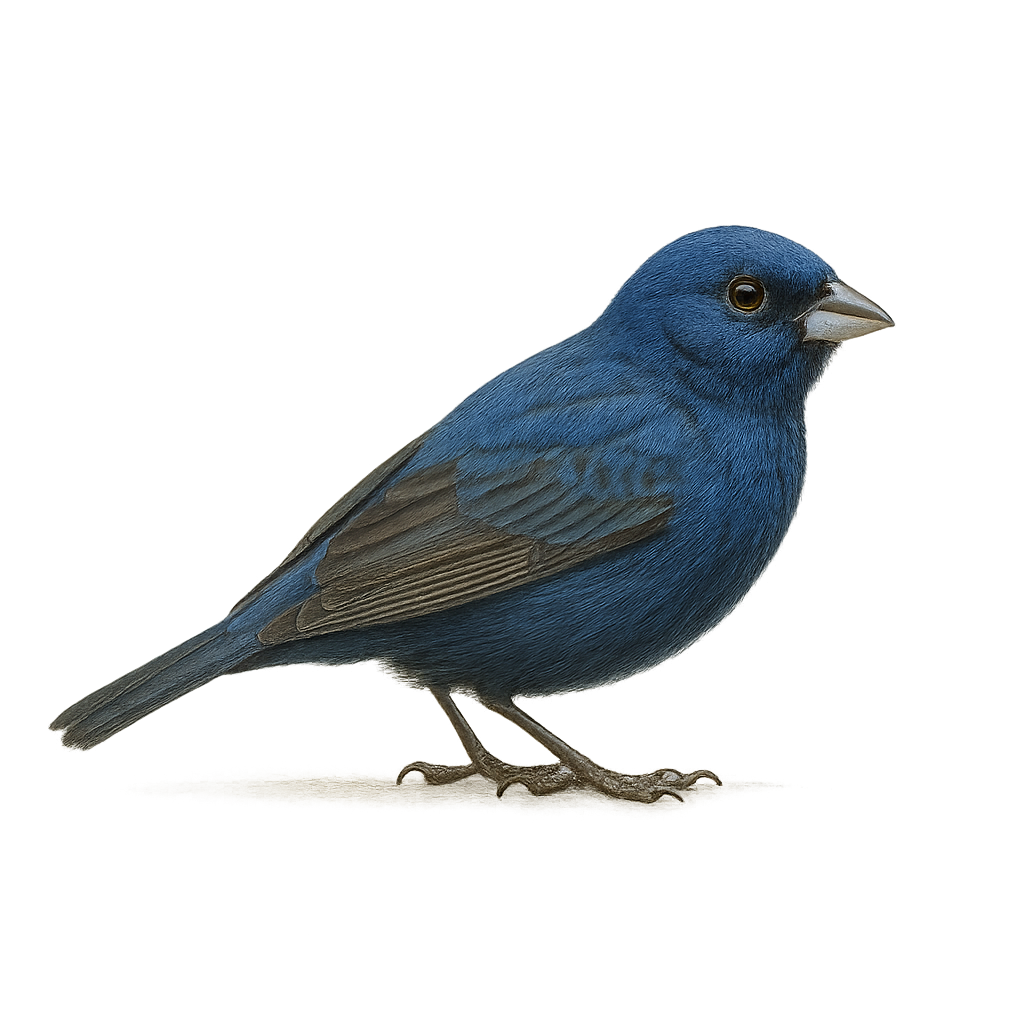Your wildlife photography guide.
Explore the blue-black grassquit in detail, study its behavior, prepare your shots.
Where to observe and photograph the blue-black grassquit in the wild
Learn where and when to spot the blue-black grassquit in the wild, how to identify the species based on distinctive features, and what natural environments it inhabits. The WildlifePhotographer app offers tailored photography tips that reflect the blue-black grassquit’s behavior, helping you capture better wildlife images. Explore the full species profile for key information including description, habitat, active periods, and approach techniques.
Blue-black Grassquit
Scientific name: Volatinia jacarina

IUCN Status: Least Concern
Family: THRAUPIDAE
Group: Birds
Sensitivity to human approach: Suspicious
Minimum approach distance: 5 m
Courtship display: November to December
Incubation: 10-12 jours
Hatchings: November to January
Habitat:
Grasslands, cultivated fields, open areas
Activity period :
Primarily active during the day, with peak activity in the morning and late afternoon.
Identification and description:
The Blue-black Grassquit, or Volatinia jacarina, is a small passerine bird in the Thraupidae family, primarily found in Central and South America. This bird is notable for the male's blue-black plumage, while the female displays more brownish tones. It is often seen in open areas, grasslands, and cultivated fields. Its song is a rapid, repetitive chirping. The Blue-black Grassquit is known for its spectacular courtship displays, where the male performs vertical jumps to attract the female's attention. Although quite common in its range, it is sensitive to environmental changes and habitat loss due to agricultural expansion.
Recommended lens:
400 mm – adjust based on distance, desired framing (portrait or habitat), and approach conditions.
Photography tips:
To photograph the Blue-black Grassquit, it is advisable to use a 400mm lens or longer to capture detailed images without disturbing the bird. Look for open areas or fields where they are often active. Be patient and discreet to avoid scaring them away, as they can be suspicious. Take advantage of early morning or late afternoon hours when the light is soft and flattering to achieve quality shots.
The WildlifePhotographer App is coming soon!
Be the first to explore the best nature spots, track rutting seasons, log your observations, and observe more wildlife.
Already 1 432 wildlife lovers subscribed worldwide

